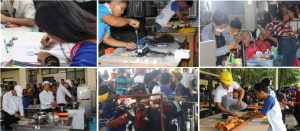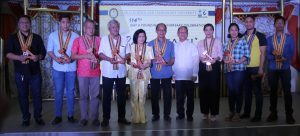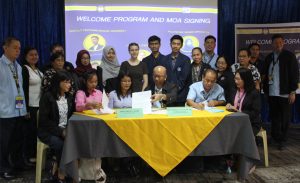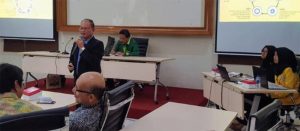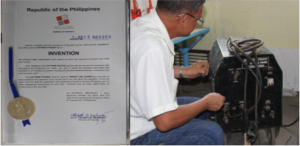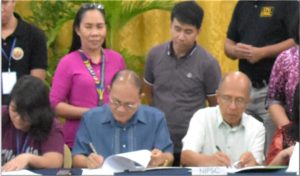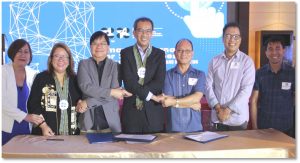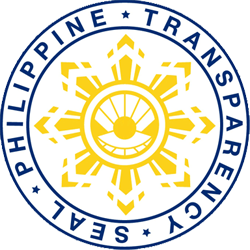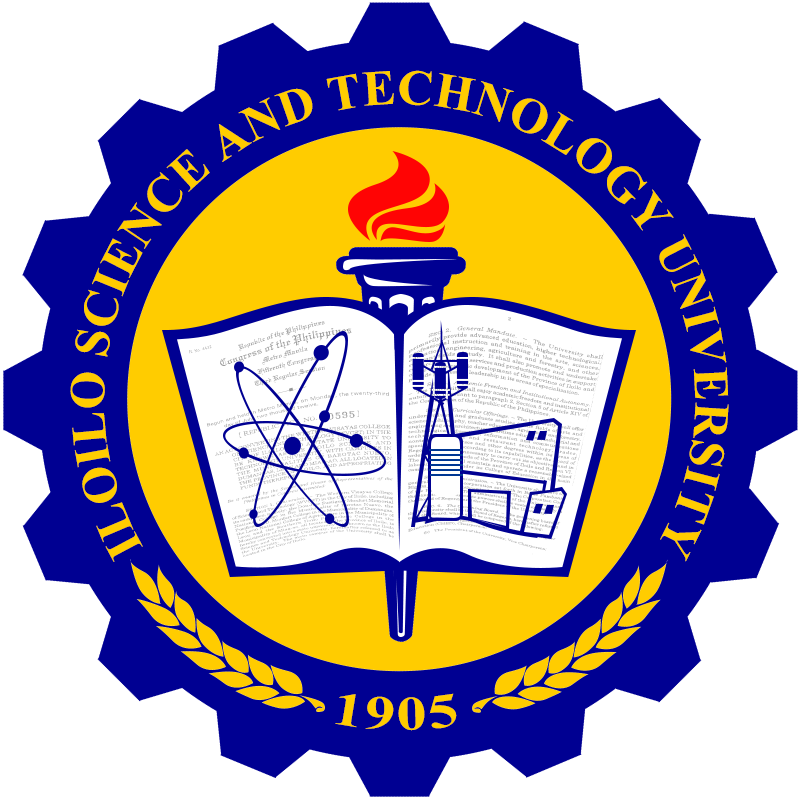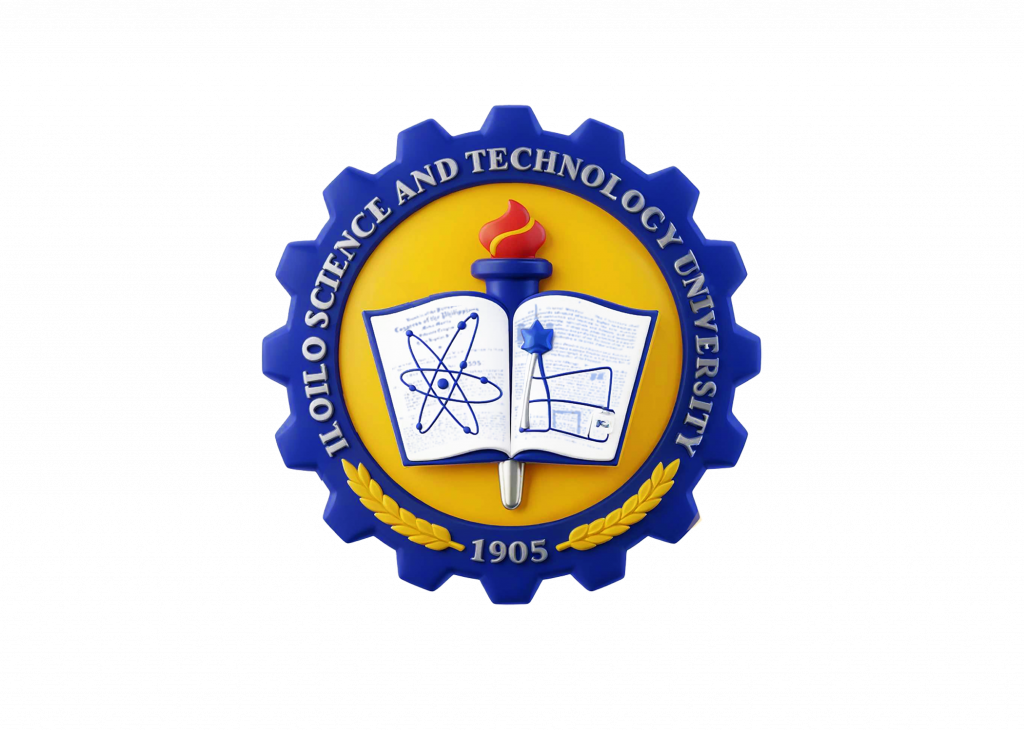Updated: September 30, 2022
| Complete Name | Designation | Email Address | Office Tel. No. |
| RAUL F. MUYONG, Ed.D. | University President | mail@isatu.edu.ph | 3207190 loc. 102 |
| CORAZON C. CORBAL | VP for Academic Affairs | vpaa@isatu.edu.ph | 3207190 loc. 207 |
| CARMELO V. AMBUT, Ed.D. | VP for Research & Extension | vpre@isatu.edu.ph | 3207190 loc. 231 |
| GABRIEL M. SALISTRE, JR., DIT | VP for Administration & Finance | gabriel.salistre@isatu.edu.ph | 3207190 loc. 170 |
| NEMIA H. MABAQUIAO, Ph.D. | VP for External Affairs | vpea@isatu.edu.ph | 3207190 loc. 105 |
| RENE L. CELDA, DIT | Dean, College of Industrial Technology | cit@isatu.edu.ph | 3207190 loc. 121 |
| ROWENA P. CALASARA | OIC, Dean, College of Engineering & Architechture | cea@isatu.edu.ph | 3207190 loc. 124 |
| JOHN ERIC V. JUANEZA, Ed.D. | Dean, College of Education | coe@isatu.edu.ph | 3207190 loc. 213 |
| TRACY N. TACUBAN | Dean, College of Arts and Sciences | cas@isatu.edu.ph | 3207190 loc. 215 |
| RICHARD C. DE LEON | Director, Research Services Division | 320-7190 loc. 212 | |
| ADRIENNE D. VELOSO | Director, Extension Services Division | 320-7190 loc. 123 | |
| ENIEDA G. CORONA | Director, Administrative Services | 320-7190 loc. 106 | |
| ALBERT Z. JANAPON | OIC, Director, Planning Development & Auxilliary Services | pdas@isatu.edu.ph | 320-7190 loc. 211 |
| ELY S. CIASICO | Director, Student Services | osas@isatu.edu.ph | 3207190 loc. 109 |
| MARIA TERESA C. CARBON | Director for Instruction | instruction@isatu.edu.ph | 3207190 loc. 111 |
| RENELDA P. NACIANCENO | Director, Quality Assurance Office | qac@isatu.edu.ph | 3207190 loc. 208 |
| RAMIL G. LUMAUAG | Director, Virtual Learning Environment | vle@isatu.edu.ph | 3207190 loc. 136 |
| NACI JOHN C. TRANCE | Director, Intellectual Property Management Office | ipmo@isatu.edu.ph | |
| VICKY D. JERUTA | Director, Finance Division | 320-7190 loc. 163 | |
| REMIA L. DOCTORA | Director, IIRGP | 320-7190 loc. 190 | |
| NED P. CABABASAY | Director, Management Information System/EDP | ned.cababasay@isatu.edu.ph | 3207190 loc. 202 |
| JUNIFFER B. BADOLES | Director, National & International Affairs | nia@isatu.edu.ph | 320-7190 loc. 292 |
| MONA LUISA C. DE GUZMAN | Director, Industry Linkage and Development Office | mona.deguzman@isatu.edu.ph | 320-7190 loc. 105 |
| ROSANA A. LORIO | Director, Parents’ Affairs and Relation | par@isatu.edu.ph | 320-7190 loc. 105 |
| MAYLENE H. PROVIDO | Director, Alumni Affairs & Relations Office | alumni@isatu.edu.ph | 320-7190 loc. 105 |
| HEINZ B. GUMAQUIL | Director, Public Information and Communication Office | pico@isatu.edu.ph | 320-7190 loc. 148 |
| EMILY A. DELA CRUZ | Director, University Gender Center | emily.delacruz@isatu.edu.ph | 320-7190 loc. 141 |
| CHRISTIAN D. MISOLA | Director, SSEDMMO | ssedmmo@isatu.edu.ph | 320-7190 loc. 206 |
| DYNA N. REMANESES | Director, Cultural Affairs | 320-7190 loc. 226 | |
| LEOMAR B. DE LOS SANTOS | Director, Sports Affairs | 320-7190 loc. 226 | |
| CHERRY PINK D. BARREDO | Director, NSTP | 320-7190 loc. 219 | |
| SAMUEL G. ARSULO | President, FEFI | samarsulo13@yahoo.com | 320-7190 loc. 118 |
| HAZEL S. BAUTISTA | University Registrar | registrar@isatu.edu.ph | 320-7190 loc. 160 |
| ERIC JAN G. PUGA | OIC – Internal Audit Specialist | ias@isatu.edu.ph | 320-7190 loc. 149 |
| LUCIA S. SIRA | Budget Officer | lucia.sira@isatu.edu.ph | 320-7190 loc. 113 |
| JOHN JOSEPH L. TABLADILLO | President, Federated Student Republic | sr@isatu.edu.ph | 320-7190 loc. 146 |
| ANN LOVELLE D. FAJA | Legal Officer | legal@isatu.edu.ph | 320-7190 loc. 148 |
| MERGIE C. GASATAYA | University/Board Secretary | boardsec@isatu.edu.ph | 320-7190 loc. 103 |
| CAMPUS ADMINISTRATORS | |||
| RAMON N. EMMANUEL, JR. | Campus Administrator, Miag-ao | miagao@isatu.edu.ph | 315-8164, 315-9960, 315-9662 |
| JULITO C. ALIGAEN | Campus Administrator, Leon | leon@isatu.edu.ph | 331-0040, 331-0179 |
| ROSHIN B. QUITOR | Campus Administrator, Dumangas | dumangas@isatu.edu.ph | 361-2667, 361-2143 |
| MARGIE P. DIETA | Campus Administrator, Barotac Nuevo | barotac@isatu.edu.ph | 0917-7233293 |
| BOARD OF REGENTS | |||
| HON. J. PROSPERO E. DE VERA III | Chairman, CHED, Presiding Chairperson |
info@ched.gov.ph | (02)441-1260 |
| HON. RAUL F. MUYONG | University President, Vice Chairperson | mail@isatu.edu.ph | 320-7190 (102) |
| HON. FD, Represented by Hon. Eddie P. Cañuto | MEMBER | ||
| HON. MARK O. GO Represented by Hon. Julienne L. Baronda | MEMBER | ||
| HON. ARECIO A. CASING, JR. | MEMBER | nro6@neda.gov.ph | 337-6840 loc. 804 |
| HON. ROWEN R. GELONGA | MEMBER | dost6_ph@yahoo.com | 330-1565 loc. 100 |
| HON. SAMUEL G. ARSULO | MEMBER | boardsec@isatu.edu.ph | 320-7190 loc. 103 |
| HON. ALLEN SON TAN | MEMBER | boardsec@isatu.edu.ph | 320-7190 loc. 103 |
| HON. LEO S. SOMBIRO | MEMBER | boardsec@isatu.edu.ph | 320-7190 loc. 103 |
| HON. JESSRAF S. PALMARES | MEMBER | ||
| HON. JOHN JOSEPH L. TABLADILLO | MEMBER | ||
| MERGIE C. GASATAYA, Ed.D. | University/Board Secretary | boardsec@isatu.edu.ph | 320-7190 loc. 103 |
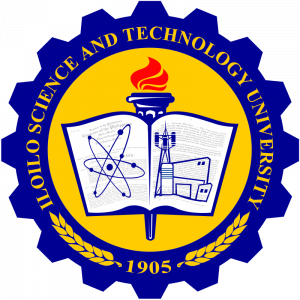

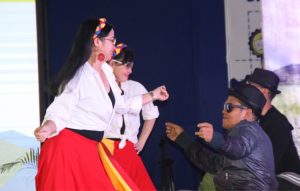
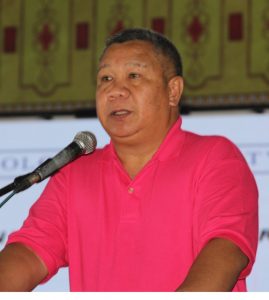
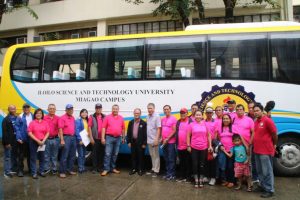
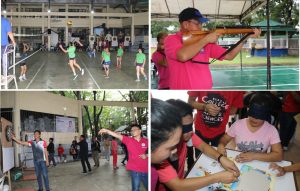
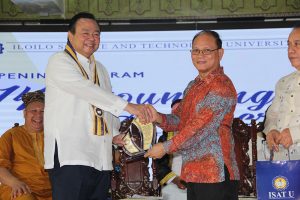
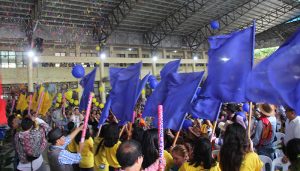
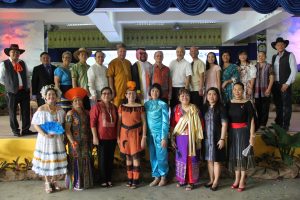
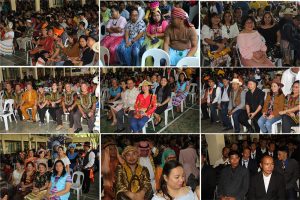
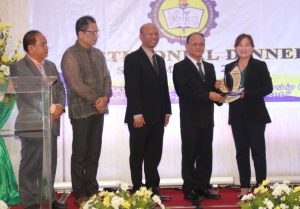
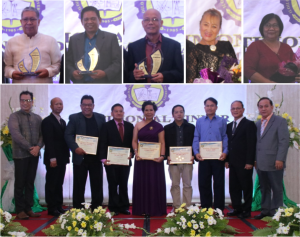

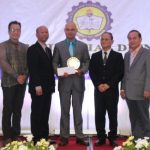
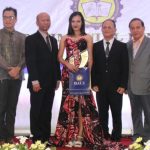

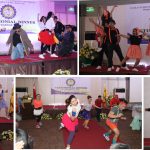
 The Skills Olympiad tested the students’ ability in putting into application the theories they learned in the classroom. Twenty-four skill categories in 11 trades areas were participated by the students from different ISAT U campuses.
The Skills Olympiad tested the students’ ability in putting into application the theories they learned in the classroom. Twenty-four skill categories in 11 trades areas were participated by the students from different ISAT U campuses.